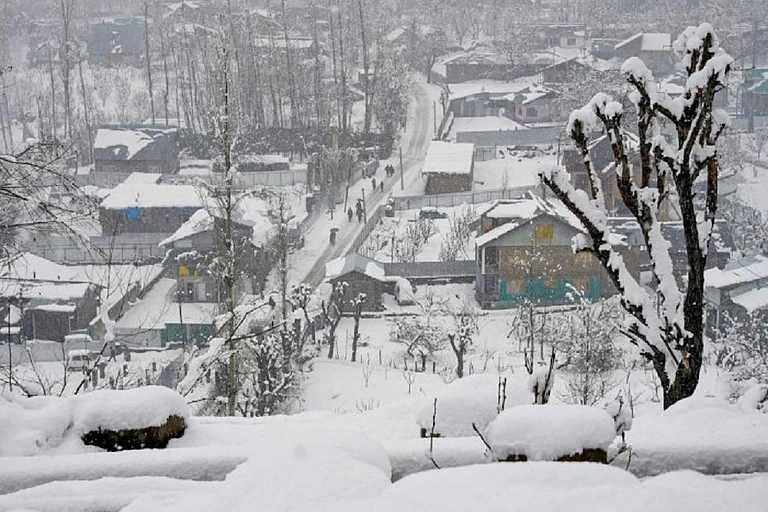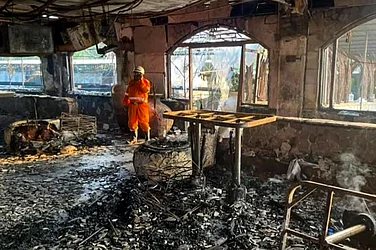The 40-day harsh winter period known as ‘Chilla-i-Kalan' ended on Tuesday with no snowfall in the plains of Kashmir and below normal precipitation in the higher reaches of the valley, officials said.
While there was light to moderate snowfall in the higher reaches of the valley at the fag-end of the 40-day period, most of the Chilla-i-Kalan – when the chances of snowfall are maximum and most frequent – remained dry. The valley witnessed a prolonged dry spell this winter, with no snowfall in the plains.
During the 40-day harsh winter period, a cold wave sweeps the region and temperatures drop considerably leading to the freezing of water bodies and water in supply pipes. The cold conditions continue in Kashmir even after the culmination of 'Chilla-i-Kalan' with a 20-day 'Chilla-i-Khurd' (small cold) and a 10-day 'Chilla-i-Bachha' (baby cold).
Meanwhile, Srinagar city, the summer capital of Jammu and Kashmir, recorded a low of 0.8 degrees Celsius – down from 3.6 degrees Celsius on the previous night. Pahalgam recorded a minimum temperature of minus 3.3 degrees Celsius, Qazigund 0.4 degrees Celsius, Kokernag 0.7 degrees Celsius and Kupwara 0.3 degrees Celsius. Gulmarg registered a low of minus 6 degrees Celsius – down from minus 3.2 degrees Celsius and was the coldest place in the valley.
The weatherman has forecast a possibility of light to moderate rain/snow at several places in the Union Territory from Tuesday afternoon onwards till February 1, with chances of heavy snowfall over a few higher reaches in Kupwara, Bandipora, Baramulla, Ganderbal, Shopian, Kulgam and Anantnag districts with peak activity on January 31.
The weather would remain mainly dry with a possibility of very light snow at isolated higher reaches on February 2. From February 3 to 4, there is a possibility of light to moderate rain or snow in several places, following which the weather would remain dry till February 10.


























